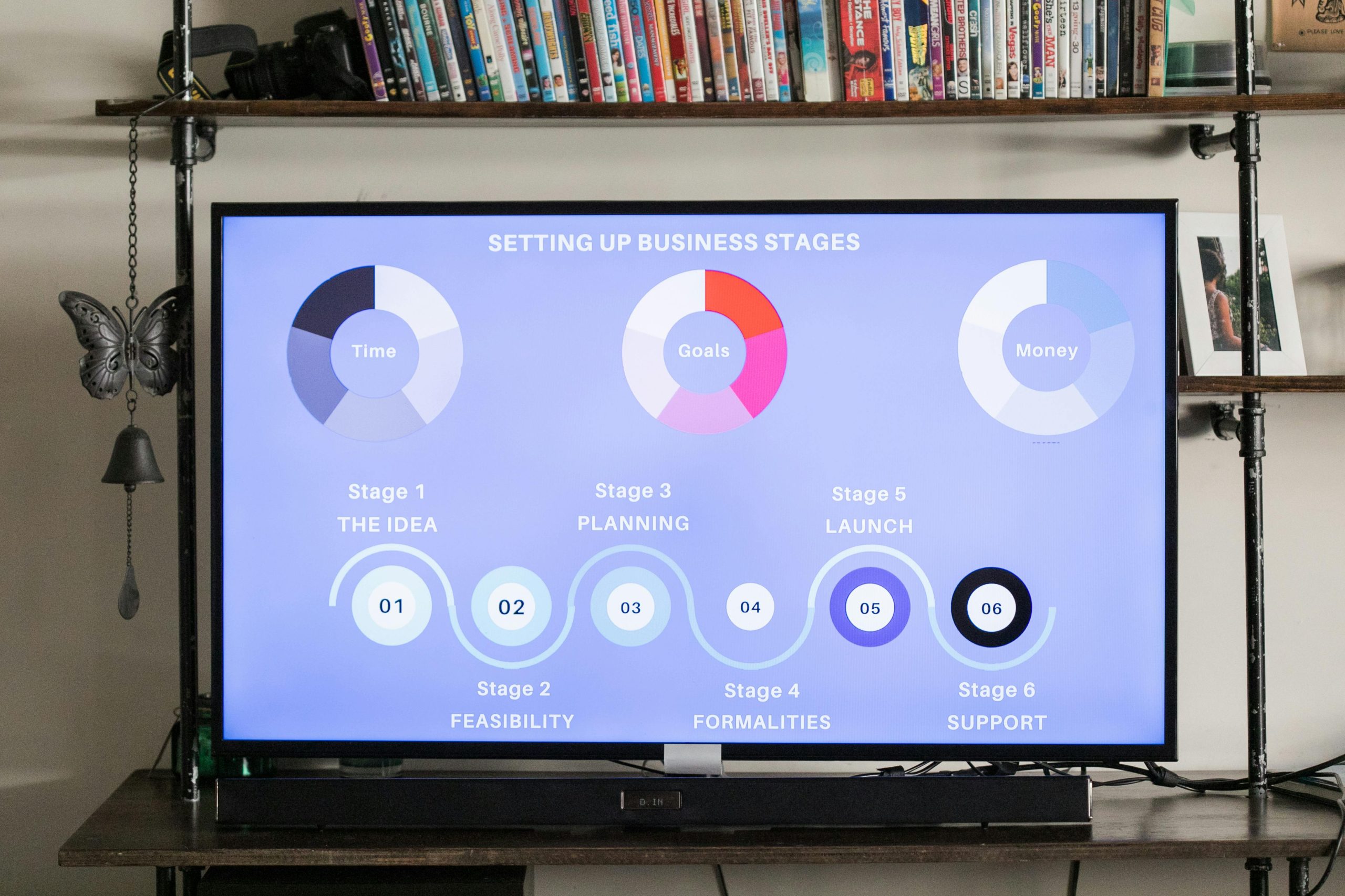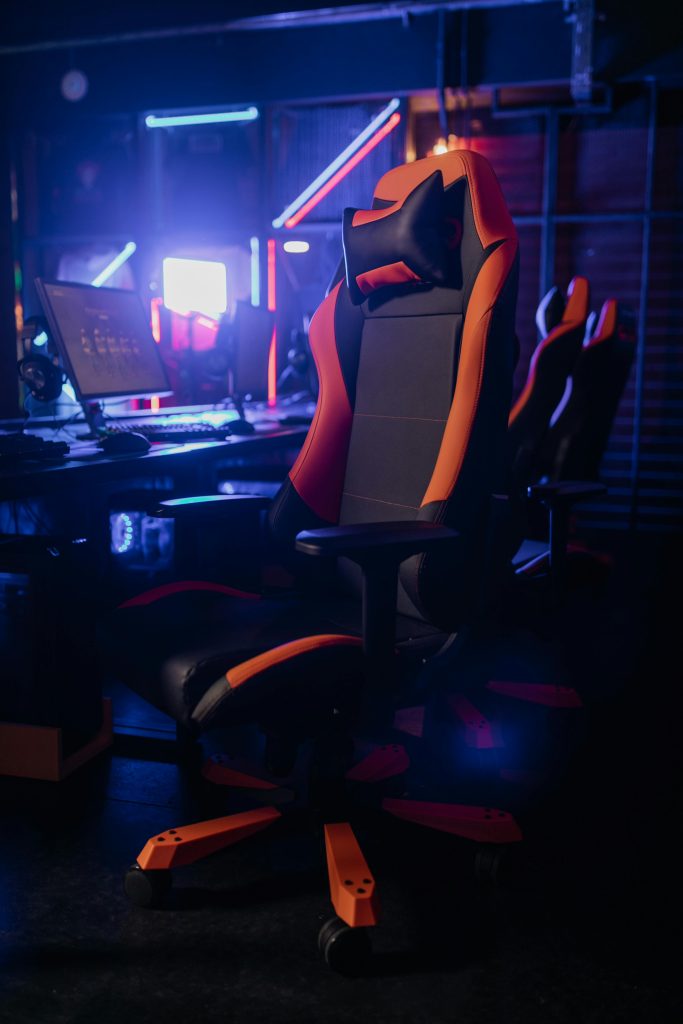Troubleshooting Valorant Launch Issues on Lenovo Yoga Pro 7i Post-Update: A Comprehensive Guide
If you’re experiencing difficulties launching Valorant after recent updates, you’re not alone. Many gamers have reported similar issues, especially on high-end laptops like the Lenovo Yoga Pro 7i, which features Intel Evo, 13th Gen Core i7 H-series CPUs, and an RTX 4050 GPU. This article aims to provide a clear overview of the problem and offer potential solutions for resolving launch failures.
Understanding the Issue
In recent cases, players have observed that:
-
The Riot Client opens without issue.
-
Upon clicking ‘Play,’ a brief black screen appears.
-
The game then immediately closes, returning the user to the Riot Client interface.
-
No explicit error messages or crash logs are generated.
-
Event Viewer does not record any related errors.
-
Riot’s log files contain unreadable binary data, offering little insight into the cause.
Preliminary Troubleshooting Steps
Before diving into complex fixes, ensure you’ve attempted these common resolutions:
-
Complete Windows Reinstallation:
Performing a full Windows reset can eliminate underlying system corruptions. This process involves backing up important data, then reinstalling the OS to start fresh. -
Driver Reinstallation:
Reinstall graphics drivers, including the latest Game Ready NVIDIA drivers and Intel Iris Xe drivers, ensuring they are cleanly installed, not just updated over existing ones. -
Game and Riot Client Reinstallation:
Multiple reinstalls of Valorant and the Riot Client may fix corrupted files or misconfigurations. -
Verify Vanguard Service:
Confirm that Vanguard’s background service (vgc) is active and thatvgk.sysis present in your system directory. Vanguard is Riot’s anti-cheat engine crucial for Valorant. -
Adjust Windows Security Settings:
Disabling Memory Integrity under Windows Security > Device Security can sometimes resolve conflicts with anti-cheat components. -
Registry and System Tweaks:
Tweaking settings related to Virtualization-Based Security (VBS) and Hypervisor via registry or BCDEdit may be necessary. However, on Intel Evo laptops, VBS/Hypervisor features are often enforced by hardware or firmware, making full disablement challenging.
Potential Root Causes
Recent updates to Valorant, particularly those involving Unreal Engine or anti-cheat components, may conflict with system configurations or driver states. In some cases, hardware-specific security features
Share this content:



